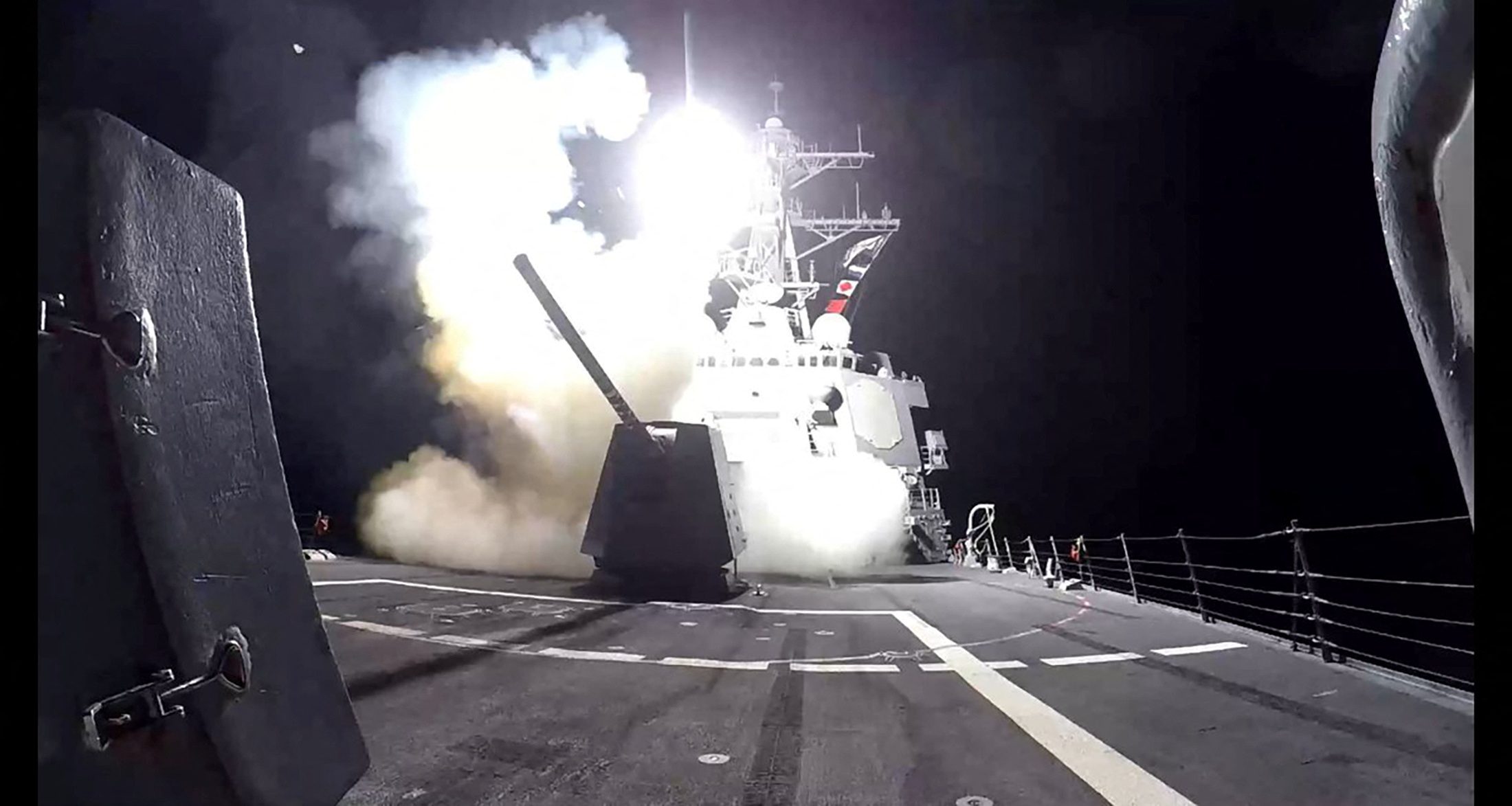by John Konrad (gCaptain) The Hawaiian islands’ coal shipments are ending. The bulker carrying the state’s final coal shipment will leave this week after refueling the state’s last coal-fired power plant. That plant is scheduled to close in September forcing the state’s energy providers to compete with the US Navy for oil tankers.
AES Hawaii, operator of the largest power plant on Oahu, received 15,000 tons of Indonesian coal from the Liberian flag bulker MV Flying Tiger. The 180-megawatt plant is the biggest source of the island’s electricity and provided 13% of the state’s overall power in 2018.
“In its time, coal was an important resource for Hawai’i and I’d like to thank the workers who have run our last remaining coal plant,” said Govenor David Ige. “Even as we face challenges in making this transition, it’s the right move for our communities and planet. Most importantly, it will leave Hawai?i a better place for our children and grandchildren.”
Renewable energy has made significant inroads in recent years, according to the US Energy Information Administration. Solar installations nearly doubled from 2015 to 2020, thanks to an increase in rooftop panels but other renewable projects have met with delays.
According to Gizmodo Hawaii uses more oil for electricity than any other state.In 2015, more than 67% of its electricity generation came from oil, while more than 15% came from coal. These fossil fuels are all imported from out of state, helping to make Hawaii’s electricity costs the highest in the country and nearly three times the national average.
The problem is further complicated by the Jones Act which requires that oil imported from other US states must be carried on US-flagged tankers operated by American shipping companies. But these companies, like Overseas Shipholding Group ($OSG), are running out of available ships.
The state will also compete with the US military for oil tankers.
The military is struggling to meet the need for oil tankers in the Pacific after a leak in the world’s largest underground fuel tank storage facility – Hawaii’s Red Hill – forced the Secretary of Defense to close it down in March.
The US Military faced a major problem with the lack of tankers, even before Red Hill closed.
During the Trump Administration, Rear Admiral Mark Buzby warned Congress repeatedly that the US didn’t have enough tankers or qualified merchant mariners to supply enough oil to Hawaii and the Pacific region even during a limited war. In response, Congress passed an emergency measure in 2021 called the U.S. Tanker Security Program. In this bill, the United States pays both private companies like Maersk a stipend to reflag their tankers as American.
“The tanker security measure was an emergency stop-gap measure,” said one MARAD official gCaptain interviewed back in March. “It barely meets the most basic needs of our military and in no way can replace the capabilities at Red Hill. The Secretary of Defense is either completely misinformed or delusional if he thinks otherwise.”
While the US Military is required to use expensive US Flagged ships, private energy companeis like AES Hawaii could import foreign oil on less expensive foreign ships but then they would be competing on the open market with China and other oil hungry Asian nations. Even if AES Hawaii decides to take this option and hire companies that operate lower cost foreign ships – like Scorpio Tankers ($STNG) – those companies are also expecting large rate increases this year.
Also Read: Scorpio Says Russian Oil Ban Will Supercharge Tanker Market
This is a major problem for Hawaii because the transition to renewable energy will require more time.
“We’ve got a harder race to run because we’re taking six standalone grids, in the middle of the ocean, to a 100% renewable energy for electricity,” Scott Glenn, the head of the Hawaii State Energy Office, told UtilityDive this month. “And we’re starting from a high fossil fuel starting point,”

 Join The Club
Join The Club











